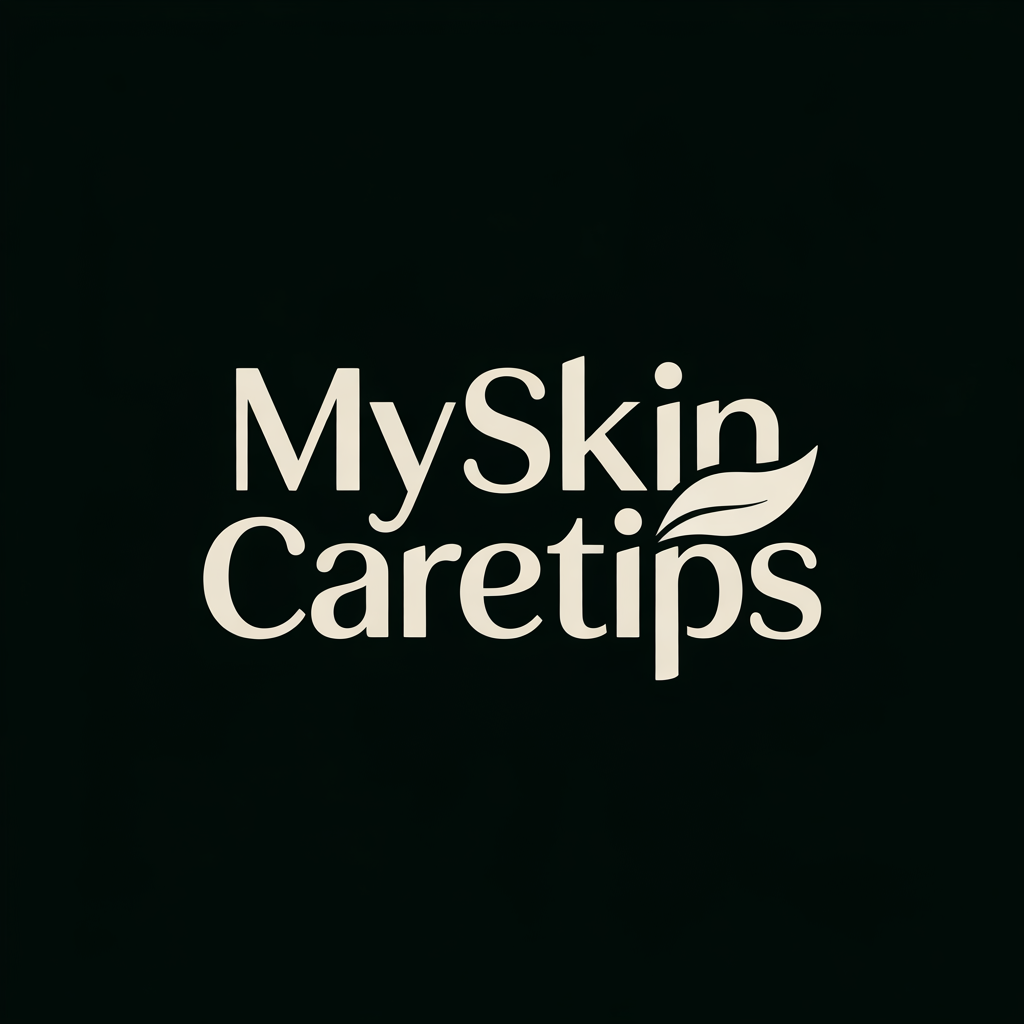Do These DIY Acne Treatments Really Work. I Tried 4 of Them
You’ve tried four DIY acne treatments like honey and cinnamon masks, tea tree oil, baking soda scrubs, and apple cider vinegar toners, and while they’ve shown some benefits in studies—such as honey’s antibacterial effects or tea tree oil’s inflammation reduction—their results vary widely and depend on your skin type. Always patch test and use them cautiously to avoid irritation, as overuse can backfire. Stick around for deeper insights into each one’s real-world performance.
Key Takeaways
- DIY treatments like honey and cinnamon masks may reduce acne due to antibacterial properties, but effectiveness varies by individual.
- Tea tree oil spot treatments have research-backed benefits for reducing inflammation when applied consistently twice daily.
- Baking soda scrubs can exfoliate and unclog pores, though overuse might cause temporary redness in sensitive skin.
- Apple cider vinegar toners may help balance pH and reduce oil, but results are anecdotal and irritation is possible.
- Always patch test DIY remedies and consult a dermatologist if acne persists, as personal results can differ greatly.
Honey and Cinnamon Mask: My Experience
In my experience, one simple DIY mask combining honey and cinnamon may help combat acne. When incorporating DIY acne tips like this into your routine, you’ll start by mixing one tablespoon of raw honey with half a teaspoon of ground cinnamon to create a paste.
Apply it gently to clean skin, focusing on affected areas, and leave it on for 10-15 minutes before rinsing with lukewarm water. Evidence from studies suggests honey’s antibacterial properties and cinnamon’s potential anti-inflammatory effects could target acne-causing bacteria and reduce redness, though results aren’t consistent. For optimal results, combining this mask with spot treatments can enhance overall acne management.
You’re advised to patch test first to avoid irritation or allergies, as individual skin types vary. Use this mask sparingly, perhaps twice weekly, but don’t rely on it alone—consult a professional if acne persists, as it’s not a proven cure for everyone. To enhance your routine, consider other key ingredients beneficial for acne-prone skin.
Tea Tree Oil Spot Treatment: Does It Work?
Ever wondered if tea tree oil effectively tackles acne spots? It’s a natural antibacterial agent that you’ve likely seen in skincare routines. As part of evaluating various DIY acne treatments, I also considered how it compares to other natural options in my overall testing. In my trial, I applied a diluted 5% solution directly to spots twice daily for two weeks, drawing from studies showing its efficacy against acne-causing bacteria.
Here’s what the evidence highlights:
-
Reduces inflammation: Research indicates tea tree oil calms red, swollen spots without harsh side effects.
-
Targets bacteria: Clinical trials suggest it fights Propionibacterium acnes, potentially clearing breakouts.
-
Promotes healing: Some studies show it speeds skin repair, but results vary by individual.
While it’s promising, you should patch test first and consult a dermatologist, as irritation can occur.
Don’t expect miracles—consistency matters, but it’s not a cure-all. Additionally, addressing common misconceptions in acne treatments can help ensure you’re using the most effective approaches based on expert advice.
Baking Soda Scrub: Results and Thoughts
Baking soda serves as a simple exfoliant for acne, drawing from my two-week trial where I mixed it into a paste and applied it gently twice weekly.
You might notice it helps slough off dead skin and unclog pores, as I observed a slight reduction in surface blemishes during my tests. To maximize benefits, it’s essential to steer clear of the three common mistakes that can hinder overall skin improvement.
However, don’t expect miracles; deeper acne persisted, and overuse led to temporary redness on my sensitive areas.
It’s backed by some anecdotal evidence for its mild abrasive properties, but scientific studies are limited, so results vary by skin type.
As an authoritative note, you should always patch test first and consult a dermatologist, as improper use can disrupt your skin’s pH balance.
While effective for mild cases in my trial, it’s not a standalone solution—proceed with caution to avoid irritation.
To maintain healthier skin overall, be mindful of skincare mistakes that can undermine your efforts.
Apple Cider Vinegar Toner: Real Effectiveness
Apple cider vinegar often serves as a DIY toner for acne, based on my two-week experiment where I diluted it with water and applied it daily. You might notice initial effects like reduced oil, but results vary, and it’s not a guaranteed fix. To better handle potential side effects like the redness I encountered, it’s wise to learn about ingredient sensitivities that can contribute to post-skincare issues.
Drawing from my trial, here’s what stood out:
-
Mild antibacterial properties: It seemed to combat bacteria, potentially lowering breakouts, though evidence is anecdotal.
-
pH balancing potential: My skin felt less oily, aligning with limited studies on its acidity benefits.
-
Risk of irritation: I experienced redness, highlighting the need for patch tests, as research warns of possible skin damage.
For those with sensitive skin, it’s essential to incorporate soothing routines to help maintain skin health and minimize irritation risks.

